Planting trees to achieve an arbitrary Tree Canopy Cover obscures the real challenges before us. It is time to go beyond trees and green infrastructure to a decoupling from the hydrocarbon economy.
I see a growing need to explore the ideological origins of this approach, including in the U.S., where the presiding idea that nature should provide services in cities to remediate modernist infrastructure, may actually skirt a more fundamental question: the need to reinvent urbanization.
With this, I also think the notion of planting trees carries with it a whiff of colonial ideology wherein “planting trees substitutes cosmetic physical changes that are morally satisfying, for the radical reorganization of society and culture that would address the underlying attitudes and actions that have led to widespread degradation of the natural and human world” (Cohen 2004: 21). Further, hegemonic agreement that tree planting should be done in all cities to achieve certain tree canopy cover overrides local ecologies, climates, history, traditions, and practices. It evacuates difference and possible autochthonous emergence of solutions that might be more structural and transformative. While I personally find city trees beautiful and attractive, not everyone, or all neighborhoods welcome trees, nor are they appropriate for all places. It is time to discuss what kinds of cities we want, and where trees or green infrastructure fit in.
The rise of the city
The rise of industrial cities, enabled by the harnessing of hydrocarbon fuels, has fundamentally changed relations between “the city and the countryside”, to use older vocabulary. As cities grew, the countryside and the connection that many village dwellers had to nature and its cycles, changed. Not only was human labor less involved with nature through agriculture, animal tending, and primary harvesting manufacturing with locally sourced materials, but cities themselves expanded at an unprecedented pace. These new cities, using the dense power of hydrocarbon fuels, pioneered multi-story buildings, skyscrapers, paved roads and surfaces, sanitary systems for water provision and treatment, industrial manufacturing and more. In short, the large scale, engineered sanitary city emerged in western nations riding on hydrocarbon-based economic development. This new approach was enormously successful in many ways, including the reduction of disease, the increase in efficiency and transportation access, democratic access to water and power, and waste management.
Industrial cities utilized engineered systems to provide infrastructures that supported urban activities, but at the same time, these systems, propelled by the ideology of modernization and deftness of engineering science, overshadowed, and often overpowered and destroyed, local ecologies, hydrologies, fauna and flora, and more. Engineered systems utilized hydrocarbons to heat and cool buildings, ignoring cooling breezes, the orientation of the sun, obliterating slopes and valleys. Engineered systems paved over the soil’s ability to infiltrate storm water, and bulldozed existing vegetation, casting much of the fauna out of the urbanized area.
The evacuation of nature and building of dense and insalubrious cities, in the late 19thcentury, in Western Europe and the U.S. was countered with an influential park movement whose mission was, in part, to provide healthy spaces of recreation and repose to residents in tenements, to immigrants in need of acculturation and disciplining into “citizenship”, and to foster greater beauty (Rozenzweig 1983). They were also about display, prestige, and growing cosmopolitanism (Lawrence 2006). These parks were predominantly well-landscaped, unstructured green spaces that provided access to a picturesque nature in the city. As this vision evolved an additional aspect included a means to pursue social reform, and therefore parks were an important aspect of rationalizing city planning.
Rationalizing city planning
Connections between the US, UK and other European countries during the late nineteenth and early twentieth centuries were strong. Park planning, and concepts originating from the City Beautiful movement including greenways and access to nature in the city were traded across the ocean. Such luminaries as Frederick Law Olmstead, his partner Henry Vaux, and others strongly advocated for urban parks and beautification, and spent time in England and France, learning of efforts there. The result was impressive. The Emerald Necklace plan in Boston, Central Park in New York, much later the Olmstead Plan prepared by Olmsted’s sons in Los Angeles are among the most prominent examples. Major cities followed suit and undertook to plan and build parks. The idea that tree planting in urban areas could cool the atmosphere and provide health benefits was advocated as early as 1889 by Arbor Day organizers (Cohen 2004). Planting trees was promoted as a selfless act of good citizenship, and later advocated by American Forests and supported by the U.S. Forest Service (Cohen 2004).
Ideas of urban parks and beautification necessarily reflected their places of origin: a climate and vegetation predominant in northern Europe, predominantly “green”. Green and greening became to be an antidote to the urban—green parks in dense urban settlements offered relief from the surrounding asphalt jungle (Doherty 2017). Thus, as humans have come to increasingly live in urbanized settings surrounded by hardscapes, there has been increased concern and interest in building parks and providing green open spaces for urban residents.
Urban greening, ecosystem services and tree planting
In the contemporary period, there has been wide acceptance that modernist city infrastructure is insufficient if cities are to become more sustainable. Introducing natural processes into the urban fabric, trees, permeability, green roofs, bioswales and more, are now common strategies, though often opportunistically implemented, poorly funded with little maintenance money. The concept of urban ecosystem services comes out of the Millennium Ecosystem Assessment (2005), and has been translated into urban programs, often implemented by volunteers and non-profit organizations, to be maintained by residents. Such efforts translate into a kind of ground up implementation of urban ecosystem services to remediate lack of shade, the urban heat island, increase water infiltration into groundwater basins and more.
The common vocabulary is greening the city. But is this appropriate? Is greening going to bring about the kinds of urban morphology transformations that on the one hand create more equitable, generous and welcoming cities, and on the other, decrease the Earth systems change cities require and engender for maintenance and growth today? Indeed, beyond the issue that the template for the greening ideal emerges from a mesic northern Atlantic environment, and that anything else is seen as lacking, there is an additional paradox: these greening efforts often become environmental gentrification. They are a convergence of urban redevelopment, ecologically-minded initiatives and environmental justice activism in an era of advanced capitalism. Greening operates under a seemingly a-political rubric of sustainability and appropriates any successes to serve high-end redevelopment (Checker 2011). Urban greening does little to substantively mitigate urban environmental and social impacts. And the volunteer mode of governance shies away from politics; it is cast as a kind of (soft) science universal consensus about what is good for the city, good for the residents, and good for the planet.
However, in order for cities to reduce their environmental and climate impacts in a just and equitable manner that does not refer to a Euro—North American view of a green nature frosting over existing material and urban conditions, much more radical and transformative actions to change cities will need to occur that reflect local climates, ecosystems, hydrology, residents, culture, history and politics.
Radically rethinking cities
Good and wholesome neighborhoods that are green seem desirable and necessary to improve the quality of life of residents. The arguments rely on an emerging science termed “biophilia” and on belief that trees in cities perform the same functions as trees in forests, such as carbon sequestration and stormwater mitigation. Some even believe that trees mitigate air pollution. Such concepts may be true, in part, but assert a view of what cities ought to be that is rarely broadly consultative, usually based on insufficient scientific studies of those places, and more importantly import and generalize an approach that may be implementable in mesic landscapes, but not in other regions. Finally, as stated above, this approach avoids dealing with the systemic hydrocarbon dependence of cities that is generating GHG emissions, creating voracious patterns of urbanization and Earth systems change for needed resources, and deludes people into thinking that urban ecosystem services can substantially affect these aforementioned problems.
No contemporary city is close to being sustainable in our high-energy modernity. Some say that modern society will crumble without fossil fuels (Lang 2018). And yet,, as I explained above, modern cities arose due to the power of hydrocarbon energy, whose use is changing the global climate, poisons water resources, soils and living beings, and is fundamentally altering hydrology in many parts of the globe. Hydrocarbon fuels enable mining, processing and manufacturing. They are ubiquitous. And thus, any urban sustainability quest must address the fundamental drivers of unsustainability and how hydrocarbon energy structures urban form, urban infrastructure and, ultimately, social and economic relations of power and influence.
Urban greening, while a well-intentioned strategy, brings with it assumptions about appropriate vegetation, aesthetics, benefits, and public commitment. I suggest it might be time to go beyond urban greening to revisit how we build our cities, where, and for whom. U.S. style suburban living, replete with lawns, trees and single-family dwellings prolong climate change, and urban impacts, including inequality. Understanding that our cities today must decouple from hydrocarbon dependencies will entail vast changes in our ability to continue to despoil local and distant environments, and urban morphology. It is time to go beyond trees and green infrastructure to decoupling from the hydrocarbon economy. This will mean that cities will evolve differently according to climate, water availability, culture, history and place. Planting trees to achieve an arbitrary Tree Canopy Cover obscures the real challenges before us.
At this juncture, it would be useful to rethink many of the codes and regulations that prevent cities from addressing a number of issues such as the urban heat island, density, mixed uses, and greatly reducing the need for automobiles and the amount of heating and cooling necessary to make poorly constructed buildings habitable. Reducing street widths, eliminating on street parking, requiring all urban surfaces to reflect the sun in warm climates, zoning for common wall buildings that due to their common walls, reduce heating and cooling needs, making sure people’s housing and jobs are close to transit. While none of these are revolutionary, they are also rarely implemented. Many of the codes for transportation infrastructure drive wider and wider streets and intersections. The dominance of single family dwellings continues to generate urban expansion and dependence on the automobile and Earth system change: habitat fragmentation, hydrological modification, materials intensive construction.
Urban greening alone will not help our cities become more suited to the places they are built in, including building orientation, typologies, building materials, heating and cooling fuels. It is a piece of the city, but an artifact of urban morphology and the rules, codes and conventions that supports the current high energy intensity of daily life.
Stephanie Pincetl
Los Angeles
Banner image: Bernard Rudofsky, 1967, Photographies de Cacères.
References:
Checker M. 2011. Wiped out by the “Greenwave”: environmental gentrification and the paradoxical politics of urban sustainability. City and Society. 23: 210-229.
Cohen S., 2004. Planting Nature. Trees and the Manipulation of Environmental Stewardship in America. Berkeley: University of California Press.
Doherty G., 2017. Paradoxes of Green; Landscapes of a City-State. Berkeley: University of California Press.
Land G., Urban energy futures: a comparative analysis. European Journal of Futures Research https://doi.org/10.1186/s40309-018-0146-8
Lawrence H.W. 2006. City Trees. A Historical Geography from the Renaissance through the Nineteenth Century. Charlottesville: University of Virginia Press.
Rosenzweig R. 1983. Eight Hours for What we Will, Workers and Leisure in an Industrial City, 1970 –1920, Cambridge: Cambridge University Press.


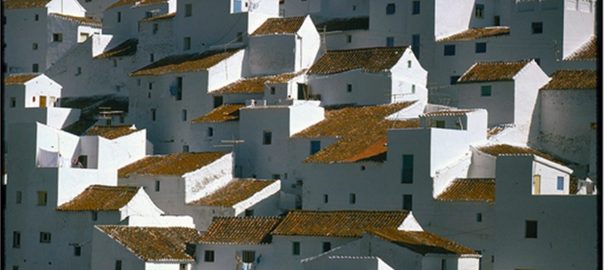
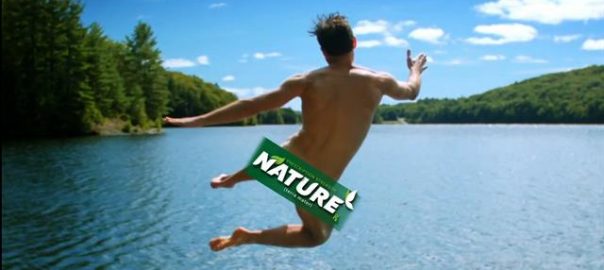
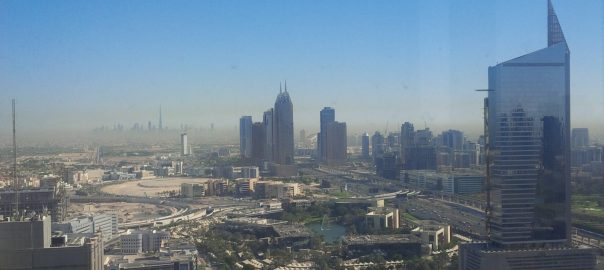
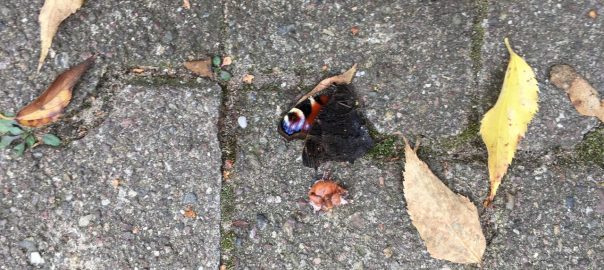
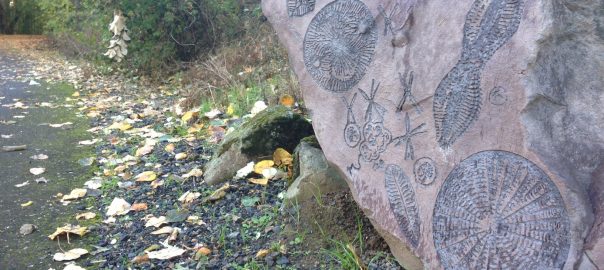
Leave a Reply